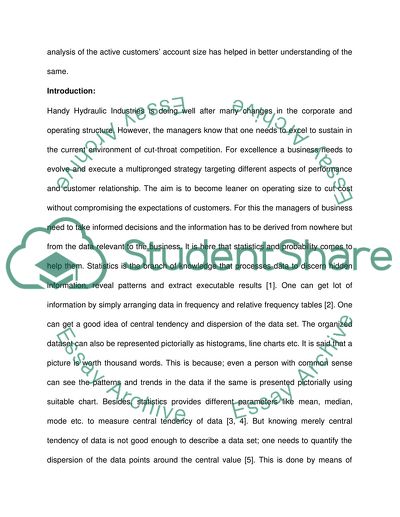Cite this document
(Statistics and Probability in Business Dissertation - 1, n.d.)
Statistics and Probability in Business Dissertation - 1. Retrieved from https://studentshare.org/statistics/1749909-business-data-analysis
Statistics and Probability in Business Dissertation - 1. Retrieved from https://studentshare.org/statistics/1749909-business-data-analysis
(Statistics and Probability in Business Dissertation - 1)
Statistics and Probability in Business Dissertation - 1. https://studentshare.org/statistics/1749909-business-data-analysis.
Statistics and Probability in Business Dissertation - 1. https://studentshare.org/statistics/1749909-business-data-analysis.
“Statistics and Probability in Business Dissertation - 1”, n.d. https://studentshare.org/statistics/1749909-business-data-analysis.


